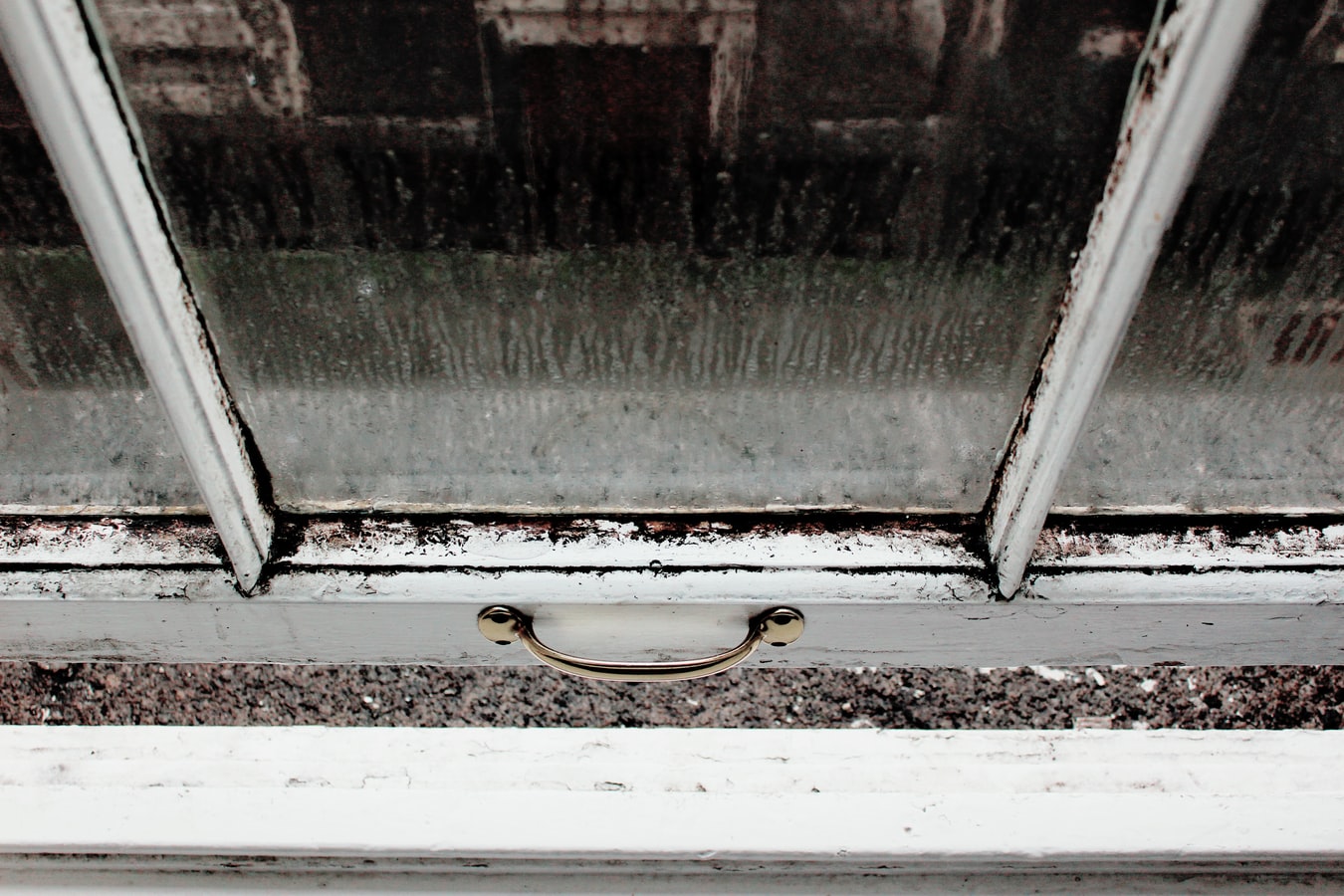Effective Tips To Prevent Mould and Condensation Issues in Your Perth Home
Mould is prevalent in homes across Perth, given its preference for thriving in warm and moist conditions, particularly in areas with higher-than-average humidity. The presence of mould, if left unaddressed, can contribute to various health problems.
Unfortunately, detecting mould isn’t always straightforward, as it can lurk behind walls, beneath carpets, and even within the furniture. The positive aspect is that armed with knowledge and concerted effort, you can identify them and carry out cleaner living solutions for mould.
What Are the Key Signs of Mould and Condensation Issues in Homes?
Stains. To enhance your ability to identify mould, especially during routine cleaning, pay close attention to corners and the edges of surfaces. If you observe any structural damage or discolouration in the wood, it could be indicative of mould growth.
Musty Smell. Take a close look at the corners and damp areas within your home, as these locations pose a high risk for the proliferation of mould. Detecting the presence of mould can often be associated with an unpleasant odour that intensifies as the mould spreads.
Allergy. Individuals with mould allergies and asthma may experience flare-ups triggered by exposure to mould spores. For those with asthma, exposure to specific moulds can even lead to severe asthma attacks. Symptoms of a mold-induced asthma attack can manifest as coughing, wheezing, or a sensation of tightness in the chest, particularly when within the home environment.
Dark patches on the surface. Identifying mould on patterned or dark-coloured surfaces can be challenging, typically becoming more noticeable as it evolves into a prominent patch that is difficult to overlook. Incorporating thorough inspections into your cleaning routine, particularly focusing on corners and surface edges, is essential.
Continual cough or prolonged cold. Mould exposure can induce coughing, upper respiratory tract symptoms, and wheezing in individuals without pre-existing health conditions. These symptoms serve as clear indicators of the presence of mould in the air particles within your home.

Why Is It Important To Address Mould Problems Promptly in Your Home?
Prevent structural damage
The proliferation of mould can undermine the strength of walls, floors, and ceilings, jeopardising the overall structural integrity of your home. Addressing this problem can prevent expensive repairs or replacements.
Avoid health risks
The health implications of mould can be severe, particularly for individuals with respiratory conditions, allergies, or compromised immune systems. Early planning is crucial to maintaining a mould-free environment, thereby decreasing the risk of respiratory problems, allergic reactions, and other health issues linked to exposure to mould.
Maintain the aesthetic of the house
Mould can stain surfaces, including walls and furniture, rendering them unappealing and challenging to clean. This not only diminishes the overall aesthetic of your home but also reduces its value. By addressing this problem promptly, you can save your home from being ruined by moulds.
Prevent financial implications
Addressing damage caused by mould can incur substantial expenses, particularly when dealing with structural issues or the replacement of materials. Taking action early can prevent you from remediation and restoration, significantly impacting your finances.
Save the house from decreasing its property value
The mould growth can result in substantial damage to your home, contributing to structural deterioration and a decrease in its overall value. Consistent inspections play a crucial role in detecting and resolving issues such as water damage, leaks, and dampness that may compromise the integrity of your property.
Where Are Common Areas in a House Prone to Mould Growth and Condensation?
In the bathroom
Bathroom mould is frequently found in showers and bathtubs due to the persistent moisture resulting from frequent use. Sinks and toilets are also susceptible to mould growth due to the combination of water and the naturally humid environment of bathrooms.
Apart from the previously mentioned areas, it’s crucial to observe and address any water leaks originating from the walls or floors, as these leaks can lead to rapid mould development.
In the kitchen
A variety of activities take place in your kitchen sink. From the accumulation of dirty dishes to food passing through the garbage disposal, wet sponges gathering in the sink or caddies, and the continuous use of faucets, these factors collectively create conditions conducive to mould growth.
It’s important to keep your fridge and pantry clear of old food, and regularly wipe down the surfaces to prevent mold growth.
In the bedroom
One of the essential ingredients for mould growth is excess moisture and a suitable surface. The prospect of discovering mould on your mattress can be alarming. If possible, consider investing in a mattress that is resistant to mould.
Windows that accumulate condensation because of high humidity can also pose a challenge in preventing mould growth.
In the living room
Fabric and upholstery are effective at trapping mould spores. If your couch, cloth-covered furniture, or curtains become damp, you may detect an unpleasant, musty odour, indicating potential mould.
Having indoor plants in your home is beneficial for air purification, but it can also lead to mould growth without proper monitoring.
In the attic, basement, and garage
Mould in the attic poses a significant problem as it can infiltrate ventilation systems and, if neglected, has the potential to spread mould throughout the entire home. In addition, rain from your car and water leaks from the roof are two main ways mould gets invited into your garage.
Moreover, given the inherently moist nature of basements, various areas are particularly prone to mould growth. Inspecting around pipes and ducting is crucial, checking for signs of leaks, excess moisture, and condensation.

When Is the Right Time To Consider Hiring a Mould Removal Service for Your Home?
While DIY approaches may temporarily solve mould issues, preventing recurrence can be challenging. Engaging the services of professional mould removal services becomes essential in specific situations.
For instance, when mould is detected in your heating and air conditioning system, in hard-to-clean areas like beneath the sink or within your water system, seeking professional help is advisable.
If you are sensitive to moulds or lack the time to undertake mould removal yourself, enlisting the assistance of experts ensures a thorough and effective resolution to the problem.
Mould and More has served Perth’s residential and commercial sectors for 10 years. For highly-trained experts and 100% certified, contact Mould and More!
